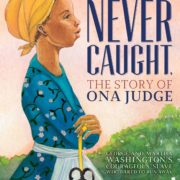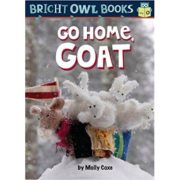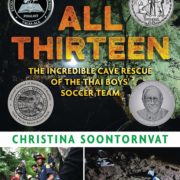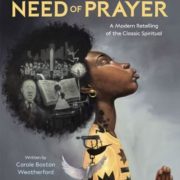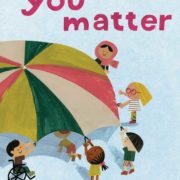THEY CALL ME GUERO by David Bowles/DANCING HANDS by Margarita Engle
Twelve-year-old Guero (a lifelong nickname referring to his pale skin and red hair) has spent his entire life crossing back and forth over the U.S.-Mexico border. Born and raised in the southernmost part of Texas, the title character of “THEY CALL ME GUERO” often makes trips into Mexico to visit family and stock up on food at his family’s favorite stores. In fact, Guero notes, Texas and Mexico mostly feel the same to him. However, the foreboding bridge at the border, the vehicle stop by police on his way to San Antonio, and the fear of undocumented classmates serve as a stark reminder that the two places, though mere miles apart, are very different.
Author DAVID BOWLES’ choice to tell Guero’s story in verse mirrors Guero’s growing interest in poetry during his seventh grade year. A member of the self-anointed “Los Derds” (short for “Diverse Nerds”), Guero has always been an avid reader. However, when his seventh grade English teacher, Ms. Lee, starts a poetry unit, Guero — enamored with the ways in which music and poetry are similar — begins writing his own short poems to document his days. Though the entire book is told in verse, not every poem is the same; some poems rhyme and are short, while others are entirely free verse, longer, and include dialogue, a choice that makes these poems read more like a traditional novel.
“They Call Me Guero” also reads like a typical middle grade novel; the title character learns to navigate friendships, crushes and sibling problems through trial and error. However, Bowles delves into heavier territory by addressing other topics that are of equal importance to Guero and his friends: immigration, legal status and difficult home lives.
My chief complaint about this novel is that it is too short. I want to know more about how the main character navigates life on both sides of the border, yes, but I also want to know more about his loving family and his friends, a sweet group of boys who bond after meeting in their school library. Overall, I would recommend “They Call Me Guero” for upper elementary and early middle school students, as some of Guero’s experiences will resonate with them, while other experiences may be illuminating to them.
The second book I want to recommend this month is MARGARITA ENGLE and RAFAEL LOPEZ’s “DANCING HANDS: HOW TERESA CARRENO PLAYED THE PIANO FOR PRESIDENT LINCOLN.” The biographical picture book follows the young piano player as she flees a war-torn Venezuela for New York City at just 8 years old. Prior to seeking refuge in Civil War-era New York City, Teresa develops a love for playing the piano. Engle’s vivid descriptions emphatically express Teresa’s appreciation for the instrument. The author describes “gentle songs that sounded like colorful birds singing in the dark” and “powerful songs that roared like prowling jaguars” as sounds Teresa could tame or be soothed by.
The book, which covers Teresa’s young life up until she plays piano for President Abraham Lincoln, does not shy away from difficult feelings and events. Engle successfully acknowledges these heavy topics in a manner accessible to preschoolers or young elementary students. Accessibility for younger readers likely lies in the fact that Teresa’s trials serve a narrative purpose; at one point, a young Teresa wonders, “How could music soothe so much trouble?”
Her visit to the White House serves as an answer to this existential question. President Lincoln, whose young son Willie has just died, delights in her music — an effect made apparent through Lopez’s illustration of a tall Lincoln reclining in an armchair, his eyes closed with a bemused smile on his face.
Lopez’s illustrations throughout are a perfect complement to Engle’s lyrical storytelling. The lush colors bloom across each page as Teresa plays the piano. The final page offers a close-up of her hands on the piano as music notes, flowers, birds and swirls of color fly upward.
The duo first collaborated with award-winner “Drum Dream Girl,” and they complement each other well.
For a multi-sensory experience, pull up Teresa Carreno’s music on Spotify while you read “Dancing Hands.”

